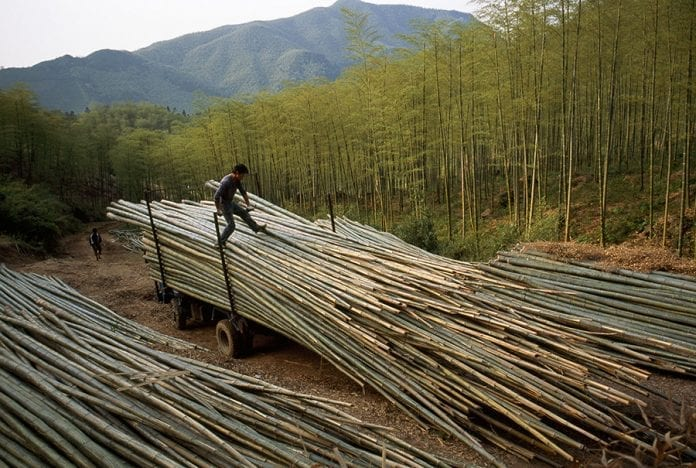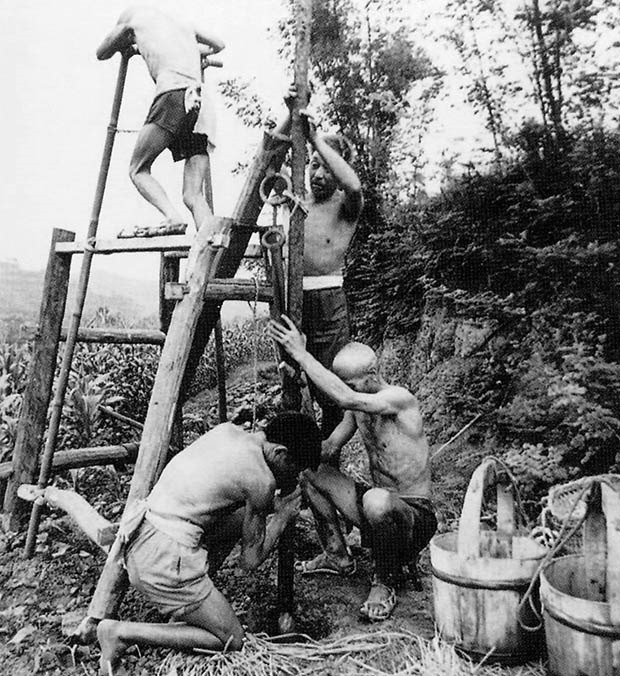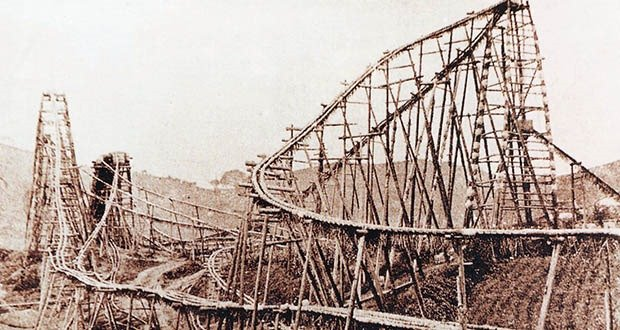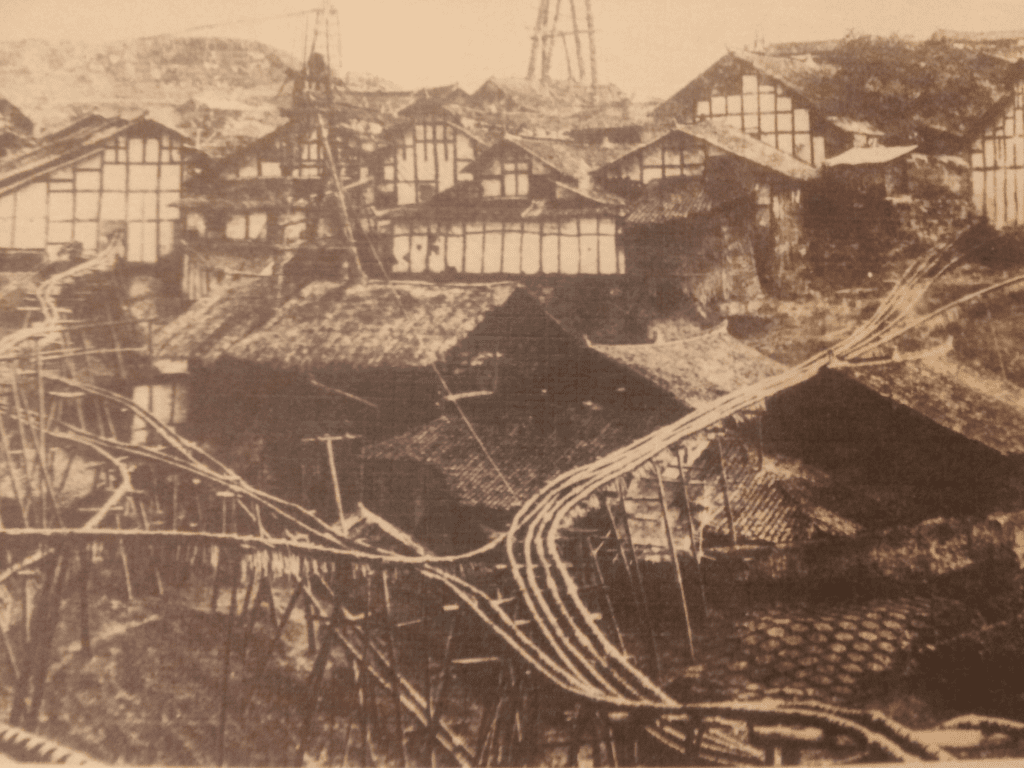When we think of natural gas pipelines, we often imagine vast steel networks buried underground, part of the modern world’s complex infrastructure. But centuries before the first modern pipelines were ever imagined in the West, ancient Chinese engineers had already mastered the art of transporting natural gas using nothing but bamboo.
Long before the Industrial Revolution and far ahead of Europe’s first gaslight systems, the people of ancient China were using natural gas to fuel their daily lives. From cooking food and boiling brine to heating homes, this remarkable early system was not just a marvel of engineering it was a testament to the power of human ingenuity.

Harnessing the Earth’s Flames
The story begins in the Sichuan Basin of southwestern China, where natural gas seeped up through the Earth’s crust and emerged near salt springs. Rather than being dismissed as a mysterious or dangerous phenomenon, these gas leaks were studied, understood, and eventually put to use.

As early as 500 BCE, during the Warring States period, Chinese salt producers realized that the flammable gas escaping from the ground could serve a purpose. They began to trap it, direct it, and eventually control it.
Using split and hollowed-out bamboo stalks, they created pipelines that channeled the gas from natural vents to where it was needed. The bamboo, both flexible and strong, was ideal for the job. Joints were sealed with resin or cloth soaked in oil, forming surprisingly airtight conduits that could stretch for miles.
Video:
Bamboo pipelines Used For Natural Gas
The First Gas Appliances in History
The natural gas carried through these bamboo lines wasn’t just stored it was used immediately, often in saltworks. Salt was a highly valuable commodity, and producing it from brine was labor-intensive. Heating large cauldrons of brine over wood or charcoal was expensive and inefficient.
With natural gas, however, the process became much more streamlined. Flames could be kept constant and clean-burning, making evaporation more effective and less smoky. Workers could control the flame size and even direct the gas through stone nozzles an early form of burner technology.
But it wasn’t limited to industrial purposes. Over time, this knowledge extended into daily life. Some homes in the region were outfitted with basic gas-fed stoves and lamps. It was the first recorded instance of human beings using piped gas for household needs an innovation that would not reach Europe until nearly 1,700 years later.

A Quiet Revolution Lost to History
What makes this achievement even more remarkable is how localized and advanced it was for the time. While other parts of the world were still burning wood and struggling to produce metal tools, Sichuan’s engineers were managing complex gas systems.
Video:
Bamboo sea in SW China’s Sichuan
European cities wouldn’t start using piped gas until the late 18th century. The first gaslight street lamps in London appeared in the 1800s. Meanwhile, ancient Chinese engineers had not only discovered natural gas, but had mastered the techniques of extraction, delivery, and application over a millennium earlier.
Unfortunately, much of this ancient technology was either lost or overlooked by the outside world. Political isolation, changing dynasties, and shifts in priorities caused some of this knowledge to fade. It would take the modern world centuries to catch up.
Legacy and Recognition
Today, as the world looks to history for sustainable and efficient technologies, the bamboo pipeline system of ancient China is receiving renewed attention. Archaeological findings and historical records have confirmed the existence of these gas systems, prompting admiration for the early engineers who made them possible.
In Sichuan, you can still find museums and exhibits celebrating the region’s pioneering role in energy history. Engineers and historians alike continue to study how such ancient systems worked and what lessons they might hold for the future.

Conclusion: A Testament to Human Ingenuity
The natural gas pipeline may seem like a modern innovation, but in truth, it was born centuries ago among the bamboo groves of China. Ancient Chinese engineers saw opportunity where others saw danger, and their ability to safely transport and use a volatile resource stands as one of the earliest examples of applied energy engineering.
It’s a reminder that progress doesn’t always follow a straight line and that sometimes, the most impressive innovations come from places and times we least expect.


